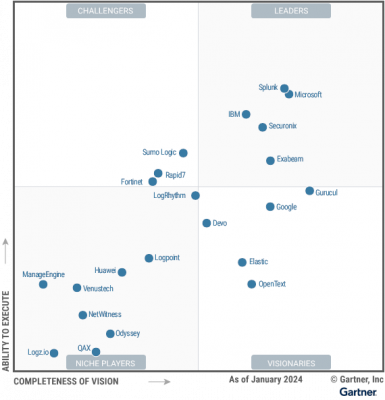Migrating to a new enterprise resource planning (ERP) solution is not an easy decision. Chances are, the idea has been idling in the back of your mind for a while, but now you are noticing some telltale signs that your legacy ERP system is just not keeping up with today’s digital marketplace. For example: • Does data have to be downloaded and manually re-entered into different systems? • Are customer complaints on the rise? • Has decision-making stalled due to a lack of accurate, trusted data? • Are spreadsheets used more than your current ERP system? • Does it take an unnaturally long time to close the books? • Do you have the functionality to support new revenue models and forecasting methods? • Are you working with a variety of point solutions that are poorly integrated? • Have you (and your employees) lost trust in your data? • Has vendor support ended or have support costs skyrocketed? If the answer to any of these questions is “yes,” now is the time to start working towards a modern ERP solution. However, selecting the best one for your business today, and tomorrow, can be tricky.
- All
- Cloud
- Solutions
- Virtualization
- Data
- Analytics
- Big Data
- Customer Data Platform
- Digital
- Digital Marketing
- Social Media Marketing
- Finance
- Cost Management
- Risk & Compliance
- Human Resources
- HR Solutions
- Talent Management
- IT Infra
- App Management Solutions
- Best Practices
- Datacenter Solutions
- Infra Solutions
- Networking
- Storage
- Unifed Comm
- Mobility
- Sales & Marketing
- Customer Relationship Management
- Sales Enablement
- Security
- Tech
- Artificial Intelligence
- Augmented Reality
- Blockchain
- Chatbots
- Internet of Things
- Machine Learning
- Mixed Reality
- Virtual Reality






































































